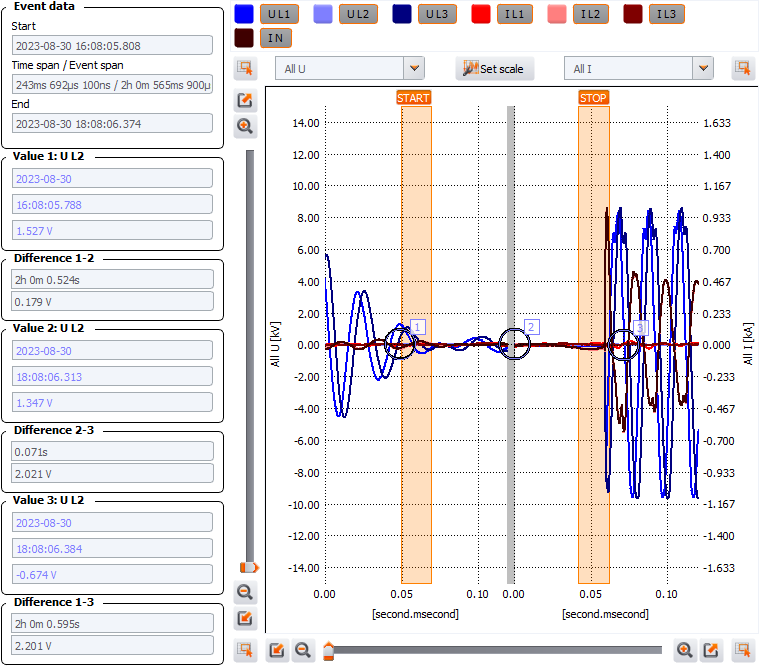Description
Our Service
Power Generation
You need to a load curve or load profile over a specific time to plan how much power you will need to generate at any given time, whether this is for a Diesel- or Petrol-Engine or PV Modules Generator Set.
Electricity Distribution
In an electricity distribution grid, the load profile of electricity usage is important to the efficiency and reliability size the power transmission plant. The power transformer or battery-to-grid are critical aspects of power distribution and sizing and modelling of batteries or transformers depends on the load profile. The factory specification of transformers for the optimization of load losses versus no-load losses are also directly dependent on the characteristics of the load profile that the transformer is expected to be subjected to. This includes such characteristics as average load factor, diversity factor, utilization factor, and demand factor, which can all be calculated based on a given load profile.
Retail Energy Markets
In retail energy markets, supplier obligations are settled on an hourly or sub-hourly basis. For most customers, consumption is measured monthly, based on meter reading schedules. Load profiles are used to convert the monthly consumption data into estimates of hourly or sub-hourly consumption to determine the supplier obligation. For each hour, these estimates are aggregated for all customers of an energy supplier, and the aggregate amount is used in market settlement calculations as the total demand that must be covered by the supplier.
Calculating and Recording Load Profiles
Load profiles can be determined by direct metering but on smaller devices such as distribution network transformers this is not routinely done. Instead, a load profiling is best done using a sophisticated instrument that gathers for more data that just Currents and Voltages.
Recording and Diagnostics
Specific Recording Features
- 4 current inputs, physical measurement of current in the neutral conductor.
- Registration of up to 1100 parameters, including average, maximum, minimum, and instantaneous values.
- Built-in heater, stable operation at low temperatures down to -20ºC.
- Internal rechargeable battery, autonomy of the meter (min. 6 hours).
- IP65 ingress protection, possibility of work in rain, snow, and high humidity
Measured Parameters
- Voltages L1, L2, L3, N (four measurement inputs) – average, minimum, maximum, and instant values within the range up to 760 V, interoperability with voltage transducers.
- Currents L1, L2, L3, N (four measurement inputs) – average, minimum, maximum, and instant values, current measurement within the range up to 6 kA (depending on applied current clamp), interoperability with current transducers.
- Crest factors for current (CFI) and voltage (CFU).
- Frequency within the range of 40 Hz – 70 Hz.
- Active power (P), reactive power (Q), distortion power (D), apparent power (S) with identification of the nature of reactive power (capacitive, inductive).
- Calculation of reactive power using the Budeanu method and IEEE 1459 method.
- Active energy (EP), reactive energy (EQ), apparent energy (ES).
- Power factor (PF), cosφ, tanφ.
- Harmonics up to the 40th in voltage and current.
- Total harmonic distortion THD for current and voltage.
- Short-term (PST) and long-term (PLT) light flicker index.
- Unbalance of voltages (in compliance with IEC 61000-4-30 class S) and currents.
- Event logging for current and voltage along with oscillograms and half-period RMS charts.
- All parameters are registered in compliance with class S according to standard EN 61000-4-30.


